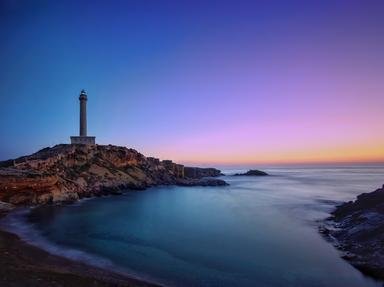Quiz Answer Key and Fun Facts
1. In 1903, Cunard received a subsidy of £2.5m from the British government to build two new express liners for the North Atlantic route, which were given the names 'Lusitania' and 'Mauretania'. 'Lusitania' was built at the John Brown shipyard on the River Clyde, but which shipbuilder constructed 'Mauretania'?
2. The Cunard liner RMS 'Carpathia' is famous for being the ship that responded to and rescued survivors following the sinking of the White Star liner 'Titanic'. At the time, the ship was en route from New York to a port in which modern day country?
3. After the end of the First World War, Cunard took a liner of the Hamburg-America Line, SS 'Imperator', as compensation for the loss of the 'Lusitania', which was sunk by a German U-boat in 1915. Once in Cunard's fleet, 'Imperator' was renamed after the wife of which English king?
4. RMS 'Mauretania' held the Blue Riband as the fastest liner on the North Atlantic for 20 years until 1929. Which liner took the record from the veteran Cunard ship?
5. In 1939, Cunard took delivery of the second RMS 'Mauretania'. Rather than operating from Southampton, this ship was constructed to operate services to New York from which English port?
6. By 1940, it was decided that, to avoid the propaganda coup of sinking the unfinished RMS 'Queen Elizabeth' before she had even left the shipyard, she should be moved to a safe location. While she sailed to New York, where was it announced that she would be going?
7. In 1942, RMS 'Queen Mary' was in service as a troopship. While crossing the Atlantic on one run, she was involved in an incident that saw one of her escorts sunk. What was the ship called?
8. True or False - RMS 'Aquitania' was the last four-funnelled line in existence.
9. In 1965, a replacement for the ageing 'Queen Mary' and 'Queen Elizabeth' was laid down at a shipyard on the River Clyde. Which shipbuilder was responsible for building 'Queen Elizabeth 2'?
10. In 1975, the first of a pair of cruise ships specifically for the Caribbean market entered Cunard's fleet. The first was named as 'Cunard Countess', but what was the second called?
Source: Author
Red_John
This quiz was reviewed by FunTrivia editor
stedman before going online.
Any errors found in FunTrivia content are routinely corrected through our feedback system.
